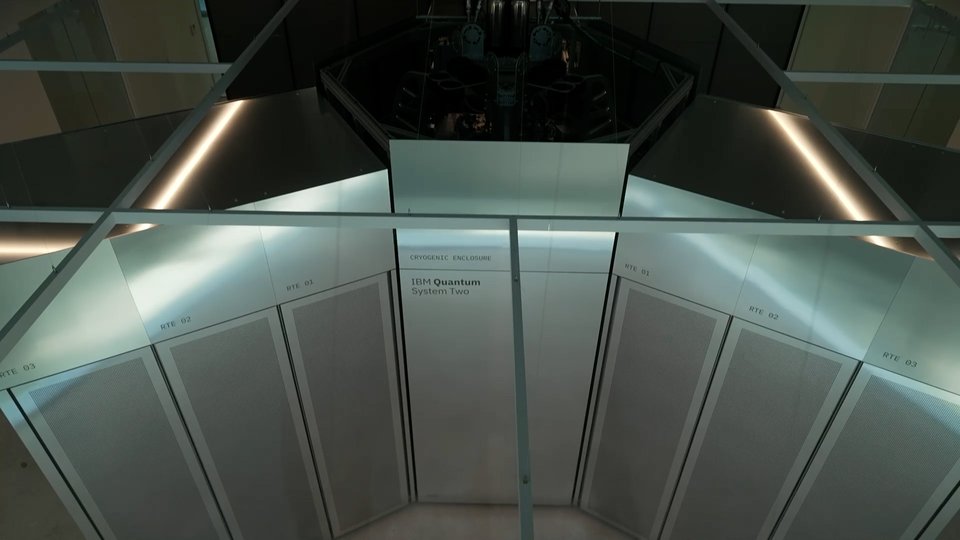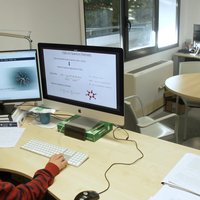J. M. Rodriguez Ibabe: "New research fields have been opened with our work"
The prize was awarded two years ago by the American Iron and Steel Association and this year you have received the Banadio Prize. What does it mean for you to receive such prizes?
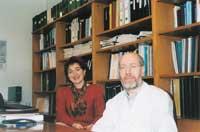
J. M. Rodríguez Ibabe: Receiving such prizes gives us great joy. Two years ago we received the award from the American Iron and Steel Association for being the first to achieve it at the state level. Receiving this award as a result of a presentation at an international congress means recognizing our work.
Now, I think the Banadio Prize has given us more satisfaction because the prize level is higher. To date, 15 awards have been awarded, the latest to a Japanese research team from Kawasaki Steel Corporation.
In short, the awards serve to assess the work done in our department in previous years.
Beatriz Lopez: The two awards have given us great joy and surprised us. After all, we do it because we like work and immerse ourselves in everyday life we do not value the results of our work so much. In addition, it should be noted that although the prize has been awarded to all three, this acceptance has been the result of a long journey.
What has been this tour?
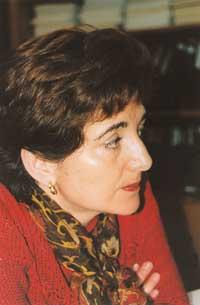
J. M. R. I. The tour began with Javier Urkola. Javier died five years ago and until then he was the head of the department. With him we started working on the areas we currently investigate. He opened the international doors to publicize our work and exchange knowledge with other researchers. The start of the tour, therefore, must be placed ten years ago.
What was the way to receive the awards?
J. M. R. I. The way to receive both awards has not been the same. Two years ago we won the American Iron and Steel Association award at a congress in Baltimore presenting other results from the same project.
The Banadio Prize was made possible by an article published in the journal Material Science and Engineering. Internationally there are about a dozen leading magazines on metallic materials. The research centers publish the results of their work and collect articles published by VANITEC (Vanadium International Technical Commitee), sponsor of the Banadio Awards. If an article presents some new contribution on vanadium, it is chosen for the prize. We don't know how many articles have been taken into account this year.
In both cases, we have not presented the work with the intention of collecting the prize and that is why it has been so surprising.
Let us resume your work. What has been your contribution to these two international awards?
J. M. R. I. The core of the research was developed in 1997, 1998, 1999 in a project sponsored by the Basque Government. The aim of the project was to work the hardening forging of automotive parts. This system is known and used, but we have added vanadium to steel and analyzed its changes. Some of the advantages of using vanadium steels have been found in Epele forging.

However, the article they have taken into account for obtaining the Banadio Prize does not explain the direct objective of the project, but other characteristics of the vanadium we have found along the way. In these conditions we have realized that vanadium delays static recrystallization, which is a new tool to increase resistance.
What is tempera forging?
J. M. R. I. Forging is the deformation and molding of metals and alloys through sudden compression efforts. When the piece you want to forge is pre-heated, it is called hot forging, but it can also be cold forged to get accurate dimensions and good surface quality. Epele forging, as its name suggests, is forging that is done without overheating the metal. For example, the tempered forging is that which is done by heating to 900 ° C instead of to 1.200 ° C.
What are the main advantages of tempering forging?
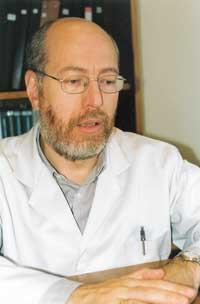
J. M. R. I. Epele forging has several advantages. On the one hand, forging steel must be heated, but when too hot the particles dissolve. In the Epele forge the particles do not dissolve, so they are useful throughout the process.
In addition, tempering forging is a way to consume less energy, which is very important for the industry. Finally, if the metal is heated a lot, when the steel is cooled it changes shape and it is difficult to control the dimensions of the desired piece. Working at lower temperatures costs more to shape, but if achieved, the part does not need post-forging treatment. This streamlines the process and produces more accurate parts. That was already done, but we have introduced vanadium into the tempered forging to increase stamina. We have achieved our goal, but we have also detected other properties.
What are the main advantages of vanadium use?
J. M. R. I. The use of vanadium in very small quantities makes it possible to greatly improve the resistance of steel. For example, the addition of less than 0.1% of the weight of the metal on which vanadium is to be worked and 0.03% of niobium can double the strength of the steel. These mixtures of small amounts are called microalloys.
Microalloys have long been used, but only in some types of steel. Within a few years we will be able to use this technique in other types of steel. For example, the results of our research have expanded the field of vanadium use and a new field of research.
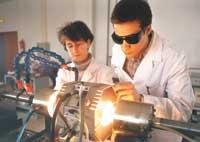
B. L.: The steel is heated, deformed and cooled. If vanadium is added to the steel, during cooling precipitations are produced that harden the steel. That has been the use so far of microallition. We have used micro-alloys in tempering forging, without dissolving precipitates, to see their influence on forging. In this way the effect that was supposed on vanadium has been demonstrated and the property of the material has been improved by using vanadium.
What will be the uses of the results of this research?
J. M. R. I. We think it will be used in the industry as it serves to increase the strength of steel. In general, the use of microalloy allows the manufacture of more precise and resistant parts for automotive and construction. Increased resistance reduces the weight of steel parts, which is very important for transportation. Our work can also be placed in this area.
We cannot value it too much. We have found vanadium another behavior as a microalloy. From there a new path of benefit opens.
Buletina
Bidali zure helbide elektronikoa eta jaso asteroko buletina zure sarrera-ontzian



